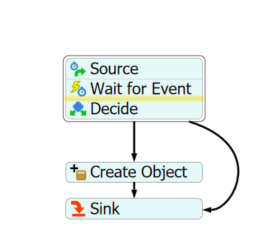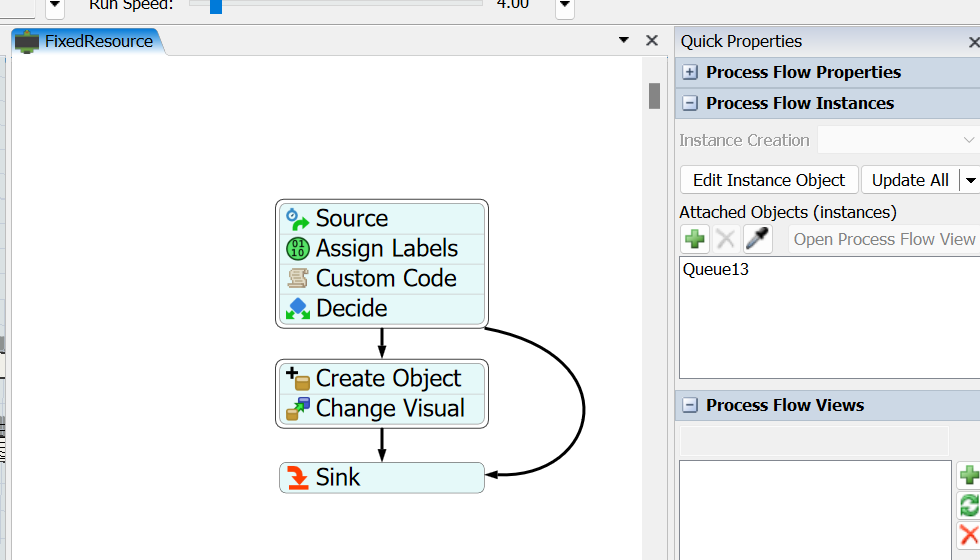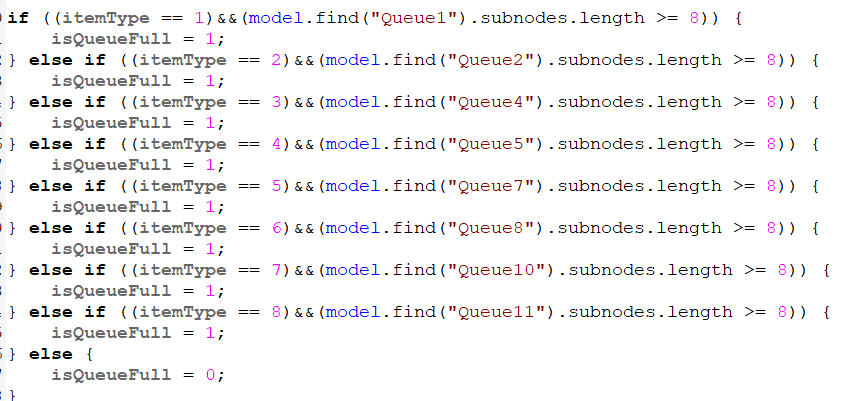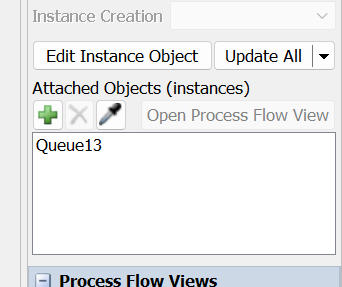In the scenario that I am trying to model, the source does not create a specific flow item once the queue for that flow item has reached capacity (8 units). Currently, the model will have the source continue to generate any of the possible flow items it can generate. In the figure below, the flow item that is blocking queue 8 should not have been generated to begin with.
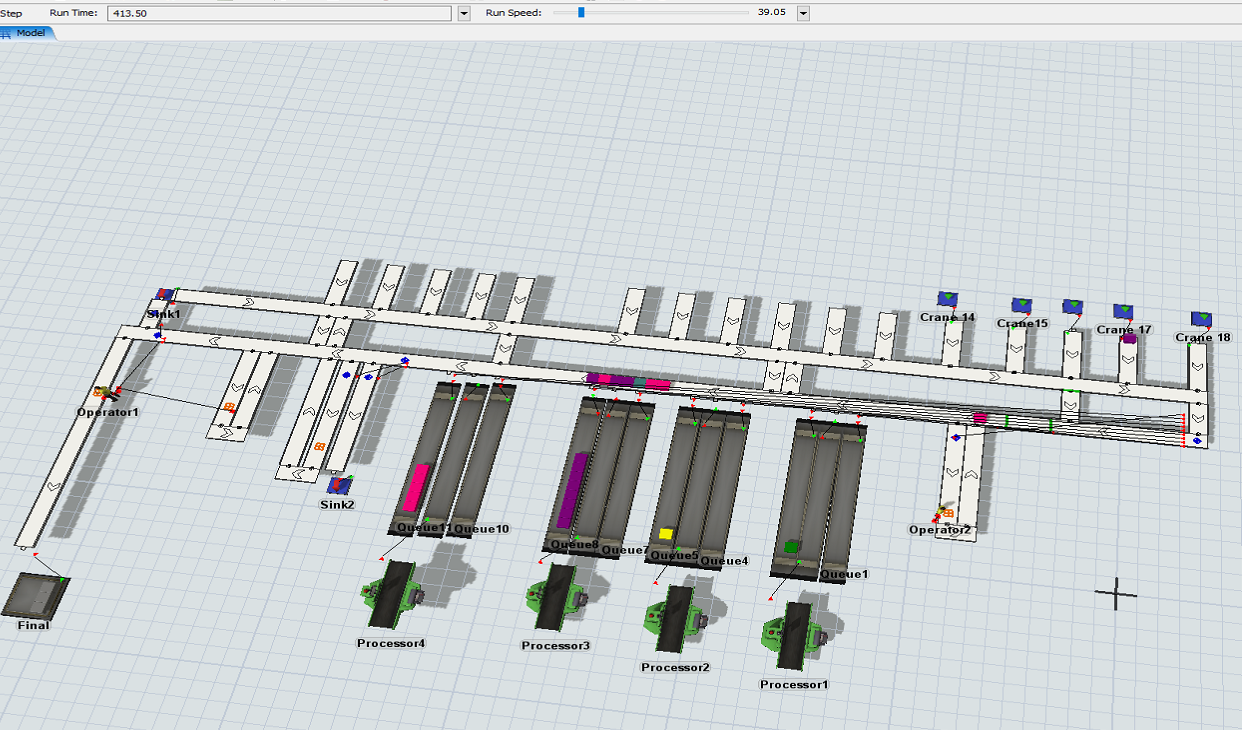
Model:TestModelQueue.fsm
Thank you for the consideration!

